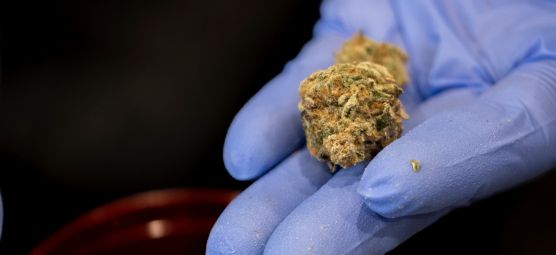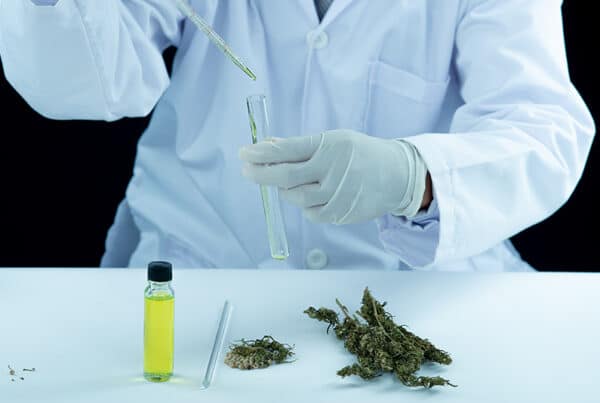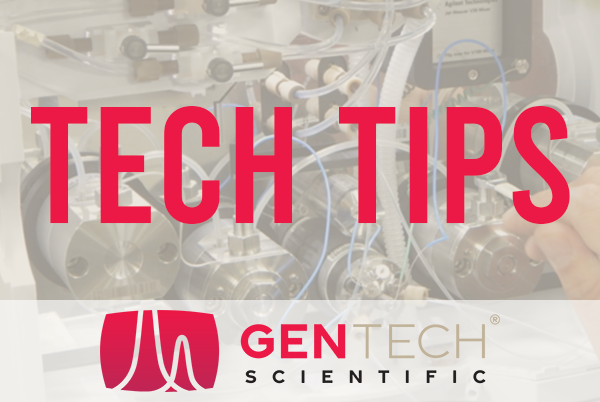With the rise of medicinal and recreational cannabis and cannabis-related products like CBD, cannabis testing has become an important industry. Below, we’ll discuss HPLC, its use in the CBD potency testing process, and why it’s so important.
What Is HPLC?
Before we get into how HPLC is useful for CBD testing and why it’s important, what does HPLC mean? HPLC stands for high-performance liquid chromatography and is an analytical form of separating the components in a sample for identification and quantification.
Basically, HPLC uses liquid as a mobile phase to carry a sample through the column of the chromatogram, the stationary phase for steady separation of sample components. As the liquid flows through the column via a controlled delivery pump, the components are separated based on their affinity with the stationary phase. The separated columns reach the detector downstream, where they’re detected individually for identification and quantification.
Why Is CBD Potency Testing Important?
HPLC is a useful tool for testing compounds, but why do we need to test CBD potency in the first place? First, there are legal requirements that CBD must meet to go to market.
Mainly, testing must confirm that the CBD product has less than 0.3 percent tetrahydrocannabinol (THC), the psychoactive compound in cannabis. If a CBD product has more than 0.3 percent THC, it becomes either illegal or subject to strict regulation, depending on relevant state laws.
Secondly, CBD product testing is necessary to determine which of the over 100 chemically distinct cannabinoids are present besides THC, such as tetrahydrocannabinolic acid (THCA) or cannabidiolic acid (CBDA). CBD cultivators and sellers need to know the compounds in the product for accurate labeling and formulation.
How Does HPLC Test CBD Potency?
Now we understand more about HPLC and CBD potency, but how do the two intersect? HPLC is the preferred method for CBD potency analysis because it provides the most accurate cannabinoid analysis and quantification. It does so using UV detectors to test the potency of CBD oils, extracts, distillates, and more. HPLC can detect more cannabinoids than other methods, such as gas chromatography.
During HPLC testing, the CBD sample inserts into the chromatogram, where the mobile phase transfers it through the stationary phase that causes the separation of the sample’s cannabinoid compounds. These compounds then undergo detection and analysis in the chromatogram detector. With the resulting information, CBD sellers can more accurately determine the product’s potency for safe labeling.
Conclusion
Now you understand how HPLC is used in the CBD potency testing process. And why CBD potency testing is crucial for CBD cultivators and sellers. Need CBD potency testing equipment for your lab? GenTech Scientific maintains an impressive inventory of HPLC systems for reliable CBD testing. Browse our stock or contact our staff today with any HPLC and cannabis-related questions.






